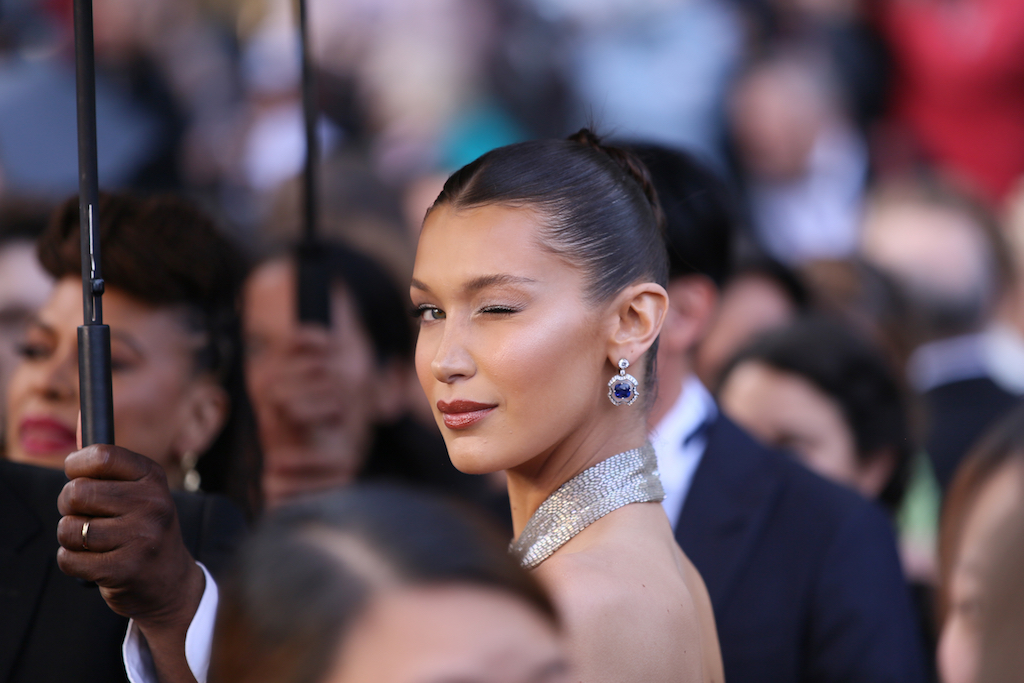Rhinoplasty procedures, a.k.a. nose jobs, rank as one of the more popular procedures done strictly for cosmetic reasons. Be it injury, deviated septum or just the way your nose is formed, people are always self-critiquing their nose, especially how it looks in the profile. Like any other facial surgery, Rhinoplasty requires serious expertise. Even if you've found a surgeon with rave reviews, he or she might be great at breast augmentations but not as experienced in Rhinoplasty, and vise versa. The idea of going under the knife may feel intimidating and might tap into the fear of the unknown of how exactly you will look like after the surgery is performed. Will you recognize your face? It's important to opt-in for a more natural approach to rhinoplasty without overdoing it so much where you bring more unwanted attention to your features than before. In an era of beauty aficionados choosing to undergo procedures that result in more natural beauty aesthetics, Dr. Deepak Dugar works closely with each patient in ensuring all surgery outcomes are as natural and authentic to the patient's face shape, symmetry and aesthetics, as possible. We caught up with the renowned doctor, who performs over 400 rhinoplasty surgeries a year on patients from all around the world, who shares everything you need to know about Rhinoplasty, what a Dorsal Hump is and how you can get rid of it.

Photo Credit: Shutterstock
Haute Beauty: What exactly is a Dorsal Hump?
Dr. Deepak Dugar: [The Dorsal Hump] is something that is very common. You know, jokingly, it’s called the “White Girl Bump.” But, like, so many people have that little bump on their nose and they’re always wondering like “oh man, I wish I could just get rid of that little bump.” But, like, they don’t realize that there are some really minimally invasive options that are amazing for that. Rather than having to go through the traditional open rhinoplasty, you can do a Closed Scarless Rhinoplasty. You can do a really minimally invasive, you know, minimum downtime option to get rid of the dorsal hump without changing the rest of the nose, the character of the nose.
HB: Are there any nonsurgical options available to remove it?
DD: There are nonsurgical options utilizing fillers where you can mask the bumps above and below it by filling the void with filler to make it appear smoother. That’s ideal for patients who have a very small bump or patients who don’t want to undergo surgery for any reason.
HB: So, if you have a very severe one, would you have to opt-in for surgery? Or are there other options?
DD: I think if you have a big dorsal hump and/or if you have significant asymmetry with it and/or if you want a permanent solution even for your small bump then I think surgery is the best approach for those patients.
HB: Are there other procedures tied to this one or can you just get your dorsal hump removed and that’s it?
DD: No, you can do anything technically because it is technically a rhinoplasty. So a lot of times when we take down the dorsal hump we also will fix the breathing and we will put cartilage grafting into the middle third of the nose to help restore the middle third balance so that they don’t have pinching long-term. And then sometimes we will narrow the bones as well to give a more refined appearance to the nose from the frontal view as well. So, taking down the dorsal hump is not as straightforward sometimes. There are a lot of maneuvers you have to do to balance it, but generally speaking, it’s probably one of most, more common problems that some of the otherwise gorgeous noses have. There is a lot of girls who have gorgeous noses, they have gorgeous tips, gorgeous nostrils, gorgeous columellate, it’s just that they have that bump on the bridge of their nose and by taking that down with a Closed Scarless Rhinoplasty, you can finesse it without making the nose look different, but you yet make it look so much more elegant and feminine.
HB: What is the process like of opting in for the surgery?
DD: We have patients from all over the world. They fly in for their surgeries. They’ll meet me one more time the day before the surgery. Then, the next morning, they will actually have the surgery. The surgery takes anywhere between 1 to 2 hours.
HB: That's very quick.
DD: Yes. After 1 to 2 hours, they go to a hotel and then they’ll come back on day 7 after the surgery to have their cast removed. Then, on day 7 they are able to fly back to their respective country and be back in public, back socializing, without any telltale signs of surgery.
























